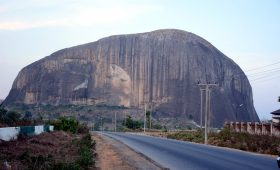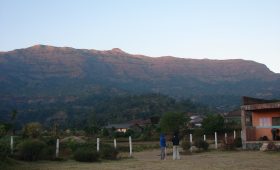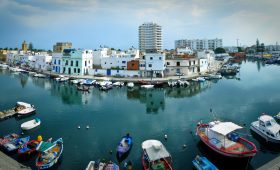Exploring Tunupa Volcano: A Journey Through Bolivia’s Natural and Cultural Landscape
The Unique Landscape of Tunupa Volcano
Tunupa Volcano is a striking feature of Bolivia’s Altiplano, rising approximately 1.8 kilometers above the surrounding terrain. Located about 115 kilometers east of the main volcanic arc, it forms a peninsula in the Salar de Uyuni, the world’s largest salt flat. The volcano’s summit, heavily altered by hydrothermal activity, offers a glimpse into the geological processes that have shaped this region. Although there is no permanent ice on Tunupa today, evidence of past glaciation is visible in the form of moraines and glacial striae.
Cultural Significance and Folklore
The indigenous communities around Tunupa, including the towns of Ayque, Coquesa, and Jirira, regard the volcano as a sacred site. Rich in folklore, the area is steeped in legends that have been passed down through generations. These cultural narratives add depth to the experience of visiting Tunupa, offering insights into the traditions and beliefs of the local people.
Best Time to Visit
For optimal weather conditions, plan your visit during the dry season, from May to October. During these months, the skies are clearer, reducing the likelihood of rain or fog that could obscure the stunning views. This period is also ideal for photography, as the light conditions enhance the dramatic landscapes.
Getting There
Uyuni is the nearest major city and serves as the gateway to Tunupa Volcano. Well-connected to other parts of Bolivia, Uyuni offers various options for reaching the volcano. Guided tours from Uyuni are a convenient choice, typically including transportation, accommodation, and meals. For those who prefer independence, renting a car is an option, though the terrain can be challenging. Ensure you have a reliable GPS and a detailed map to navigate the rugged roads.
Local Transportation
Exploring the area around Tunupa requires a sturdy vehicle, usually a 4×4, due to the rough terrain. These vehicles are available through tour operators or for rent in Uyuni. Hiring a local guide is advisable, as they are familiar with the unpaved roads and can enhance your safety and experience.
Activities at Tunupa Volcano
Once at Tunupa, several activities await:
- Hiking: The trails offer breathtaking views of the Altiplano. The hike to the summit is challenging but rewarding, providing a panoramic view of the surrounding landscape.
- Wildlife Spotting: The area is home to diverse wildlife, including rare bird species and unique flora. Keep your eyes open for these natural wonders.
- Photography: The ever-changing light and dramatic scenery make Tunupa a paradise for photographers. Capture the stunning vistas and unique geological features.
- Stargazing: The remote location offers clear night skies, perfect for stargazing. Relax and enjoy the celestial display above.
Summary of Facts
- Tunupa Volcano is located in Bolivia, rising about 1.8 kilometers above the surrounding terrain.
- The volcano is part of the Altiplano and forms a peninsula in the Salar de Uyuni.
- Indigenous communities consider Tunupa a sacred site, rich in folklore and cultural heritage.
- The best time to visit is during the dry season, from May to October.
- Uyuni is the closest major city, offering guided tours and rental options to reach the volcano.
- Local transportation typically involves 4×4 vehicles, with guides recommended for safety.
- Activities include hiking, wildlife spotting, photography, and stargazing.



